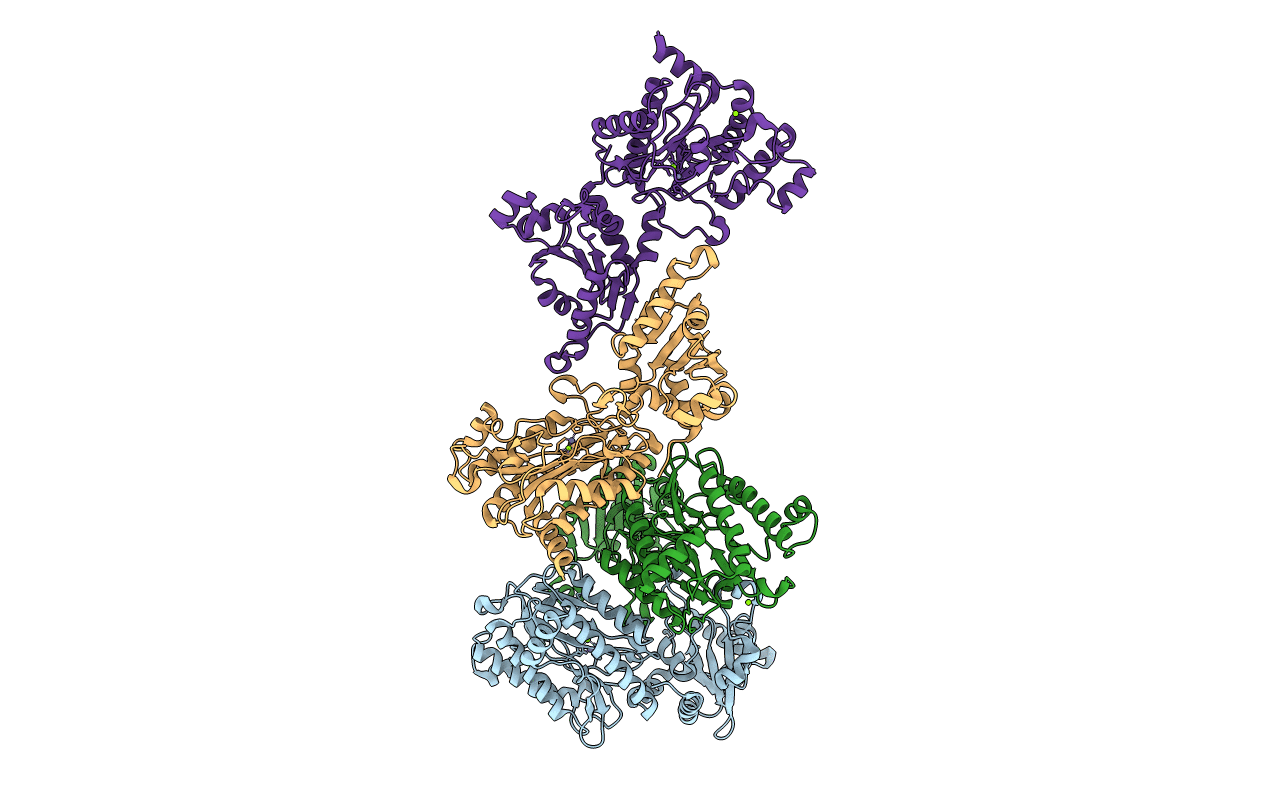
Deposition Date
2004-11-05
Release Date
2005-09-29
Last Version Date
2023-12-13
Method Details:
Experimental Method:
Resolution:
2.30 Å
R-Value Free:
0.19
R-Value Work:
0.16
R-Value Observed:
0.16
Space Group:
C 1 2 1


